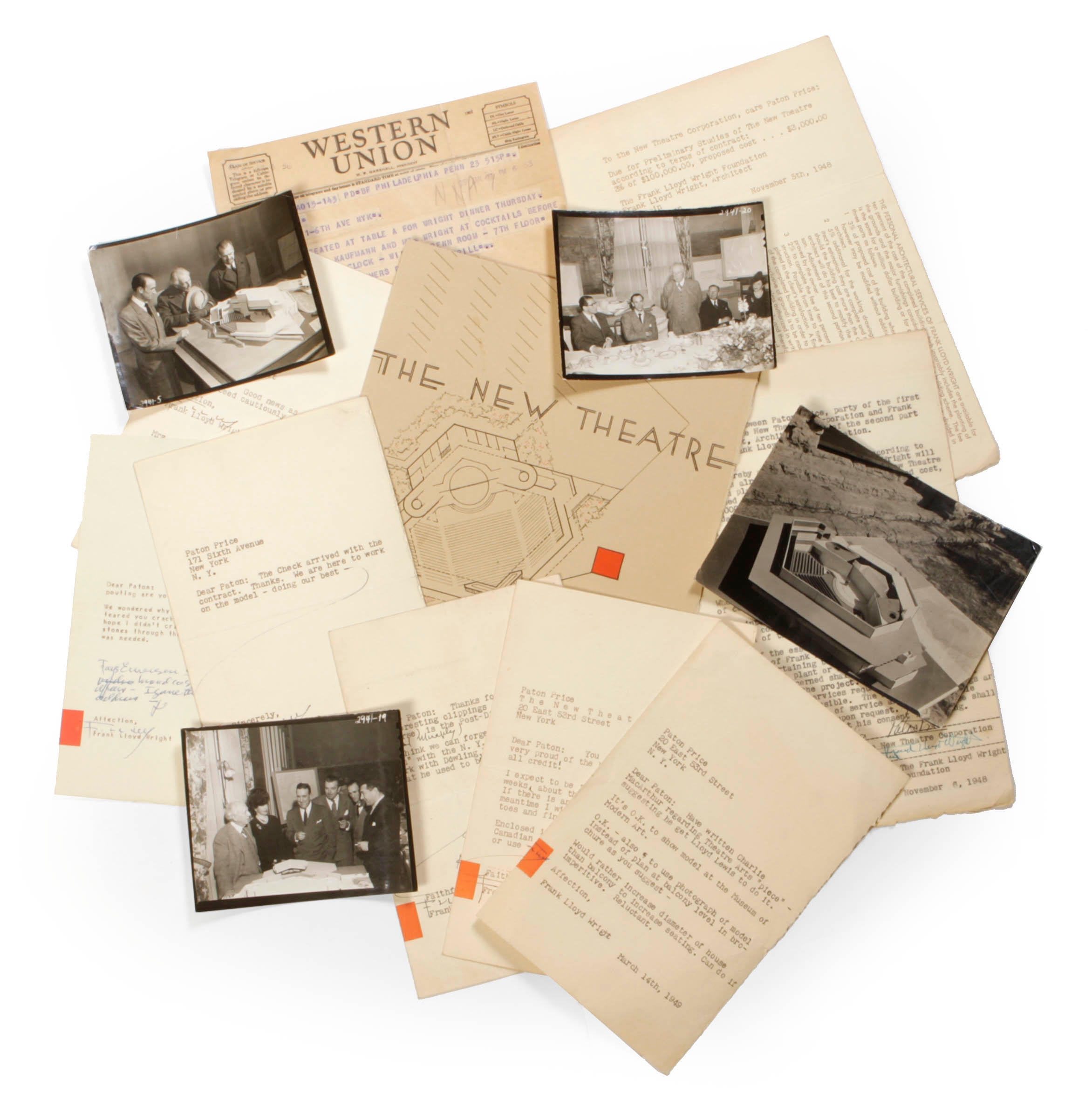View of Camden, from Philadelphia.
Philadelphia: c.1840. Pen-and-ink and gray wash, heightened with white gouache, on paper (420 x 600). Framed. Condition : tissue-backed. one of the earliest views of camden, new jersey . This charming view of Camden from the Walnut Street Dock in Philadelphia was used as the basis for a woodcut which appeared facing page 205 of John Warner Barber and Henry Howe’s Historical Collections of the State of New Jersey, published in 1844. The view shows sailboats and a steam ferry crossing the Delaware and depicts a bathing establishment on Windmill (aka Smith) Island. Of that island in the river, John F. Watson wrote in an 1879 edition of his Annals: “The island has long been used as a bathing-ground and pleasure-garden, mostly for the lower classes.” Indeed, it featured at various times not only a bathhouse, but a restaurant, beer garden and other entertainment. In 1838, a canal was cut through that island, visible in this view, to speed ferry crossings. The island was removed from the river in the 1890s. The young city of Camden is seen in the background of the view. Although settlement on that side of the Delaware dates to the 17th century, Camden was not incorporated as a city until 1828, approximately 12 years prior to this view. The city is described in the 1844 work for which this watercolor was executed as follows: "Camden is exclusively the fruit of the nineteenth century, and her past growth warrants every hope from the future. It is even now a place of much business, containing 17 mercantile stores, 5 churches … a bank, 3 newspapers, 8 hotels, 4 lumber-yards, and many mechanical and manufacturing establishments. There are several public gardens, resorted to, during the summer, by thousands from Philadelphia, to which place there are 6 ferries, constantly plying, at low rates." Howe (1816-1893), the son of New Haven publisher Hezikiah Howe, was a noted 19th century historian and presumably a self-trained artist. With the aforementioned Barber, he wrote and published several works relating the history of various states, including New Jersey, New York, Ohio and Virginia.
View of Camden, from Philadelphia.
Philadelphia: c.1840. Pen-and-ink and gray wash, heightened with white gouache, on paper (420 x 600). Framed. Condition : tissue-backed. one of the earliest views of camden, new jersey . This charming view of Camden from the Walnut Street Dock in Philadelphia was used as the basis for a woodcut which appeared facing page 205 of John Warner Barber and Henry Howe’s Historical Collections of the State of New Jersey, published in 1844. The view shows sailboats and a steam ferry crossing the Delaware and depicts a bathing establishment on Windmill (aka Smith) Island. Of that island in the river, John F. Watson wrote in an 1879 edition of his Annals: “The island has long been used as a bathing-ground and pleasure-garden, mostly for the lower classes.” Indeed, it featured at various times not only a bathhouse, but a restaurant, beer garden and other entertainment. In 1838, a canal was cut through that island, visible in this view, to speed ferry crossings. The island was removed from the river in the 1890s. The young city of Camden is seen in the background of the view. Although settlement on that side of the Delaware dates to the 17th century, Camden was not incorporated as a city until 1828, approximately 12 years prior to this view. The city is described in the 1844 work for which this watercolor was executed as follows: "Camden is exclusively the fruit of the nineteenth century, and her past growth warrants every hope from the future. It is even now a place of much business, containing 17 mercantile stores, 5 churches … a bank, 3 newspapers, 8 hotels, 4 lumber-yards, and many mechanical and manufacturing establishments. There are several public gardens, resorted to, during the summer, by thousands from Philadelphia, to which place there are 6 ferries, constantly plying, at low rates." Howe (1816-1893), the son of New Haven publisher Hezikiah Howe, was a noted 19th century historian and presumably a self-trained artist. With the aforementioned Barber, he wrote and published several works relating the history of various states, including New Jersey, New York, Ohio and Virginia.











.jpg)


Testen Sie LotSearch und seine Premium-Features 7 Tage - ohne Kosten!
Lassen Sie sich automatisch über neue Objekte in kommenden Auktionen benachrichtigen.
Suchauftrag anlegen